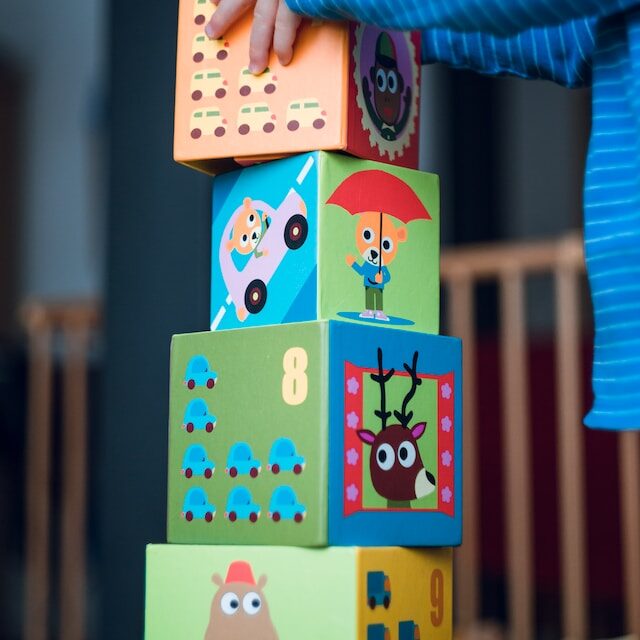Fostering independent play in children is vital in promoting their creativity, imagination, and problem-solving skills. As parents and caregivers, we often wonder how we can encourage our children to play independently without constant supervision or engagement. Playing with dolls, building blocks, and even imaginary play can be potent tools in this endeavor. Here are five effective strategies to cultivate independent play.
Create a Safe and Stimulating Environment
Before anything else, ensure the play area is safe and filled with age-appropriate toys and materials. Mix in a variety of items like building blocks, dolls, craft supplies, and books. Having an environment that sparks curiosity and imagination will naturally encourage independent exploration and play.
Introduce Open-Ended Toys
Open-ended toys, like dolls, provide endless possibilities for play. They encourage children to use their imagination and create scenarios, enhancing their storytelling and role-playing abilities. When playing with dolls, children can enact different roles, engage in dialogue, and explore various emotions, all of which are essential elements of independent play.
Establish a Routine
Children thrive on routine. Establishing specific ‘independent playtime’ can be beneficial. Start with shorter periods, perhaps 15 minutes, and gradually increase the time as your child gets more comfortable with the concept. Soon, your child will anticipate this time and even look forward to it.
Encourage Self-Directed Play
Instead of directing your child on how to play with a particular toy, let them figure it out. While it’s tempting to show them the ‘correct’ way to stack blocks or dress a doll, self-directed play is crucial in developing problem-solving skills. It’s okay if they get it ‘wrong.’ It’s the process of figuring it out that truly matters.
Be a Supportive Observer
While the aim is to encourage independent play, it doesn’t mean you should be completely detached. Show interest in their activities and be available for help if required. The balance lies in being a supportive observer without taking over their play. For instance, if your child is playing with dolls and faces difficulty in dressing them up, instead of doing it for them, guide them on how it’s done.
Remember, each child is different and might take their own time to adapt to independent play. Some might enjoy playing with dolls and creating elaborate stories, while others might prefer building structures with blocks. The goal is not to push them towards independence but to gently guide them, providing ample opportunities to explore and learn on their own.
Independent play is not about keeping your child occupied so that you can get things done (although that can be a bonus!). It’s about nurturing their ability to engage with themselves and their environment, fostering imagination, creativity, and problem-solving skills. It helps them become confident, independent thinkers, preparing them for a world where these qualities are highly valued. So, let’s encourage our children to dive into the exciting world of independent play!






